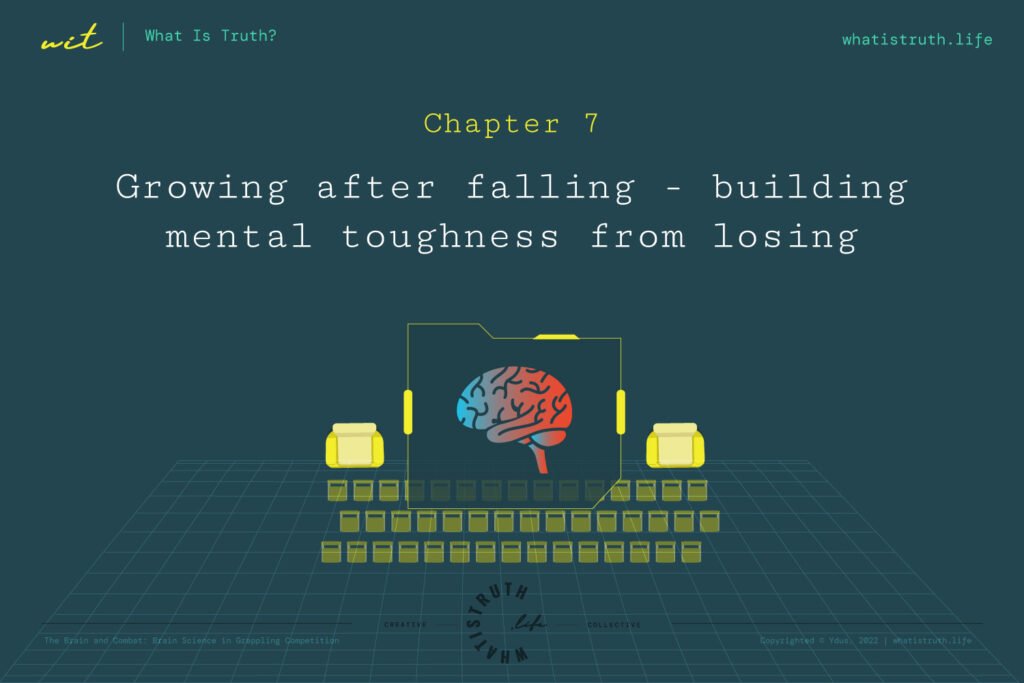
The last chapter of The Brain and Combat series is dedicated to the topic of understanding the role that losing a fight plays in long term success and building mental resilience. We'll make an inventory of the costs of a competition and the most efficient strategies to leverage resources and repurpose the experience for growth. Through the use of illustrations and modern exercises, you will be able to evaluate and modify your support network and mental framework to fuel yourself for the next competition.
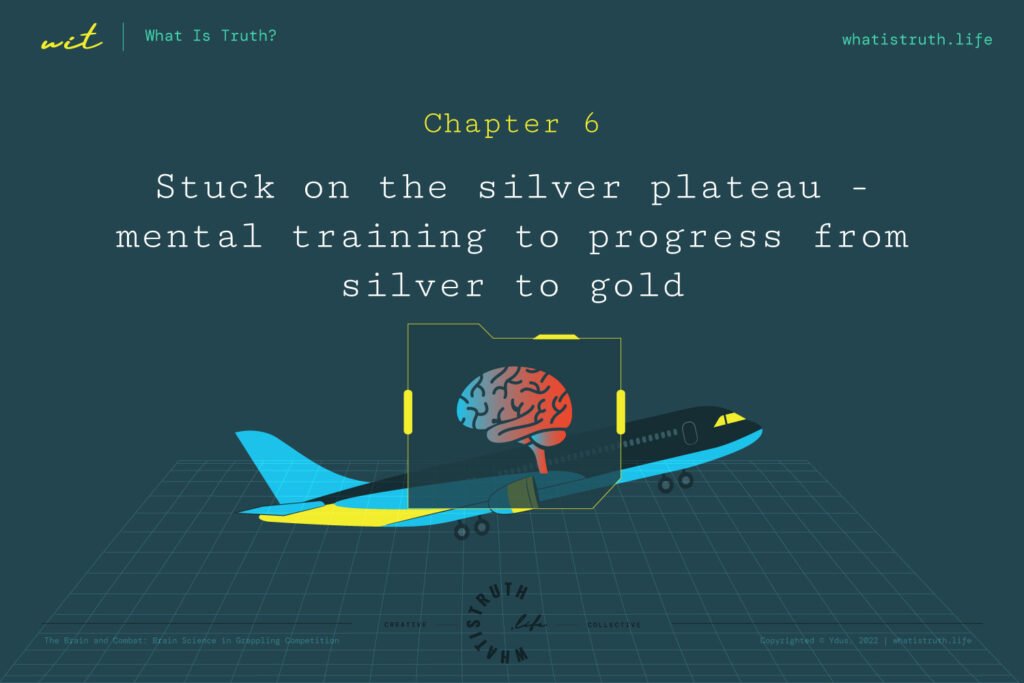
In the sixth chapter of The Brain and Combat series, you'll get to understand what might be the reason for you being stuck at a certain level in your competition journey, commonly referred to as 'so close but not quite there', or the silver plateau phenomenon. We'll illustrate how the game changes from technical to psychological as you advance, how the demand of the games changes, and what you can do to keep progressing towards a championship.
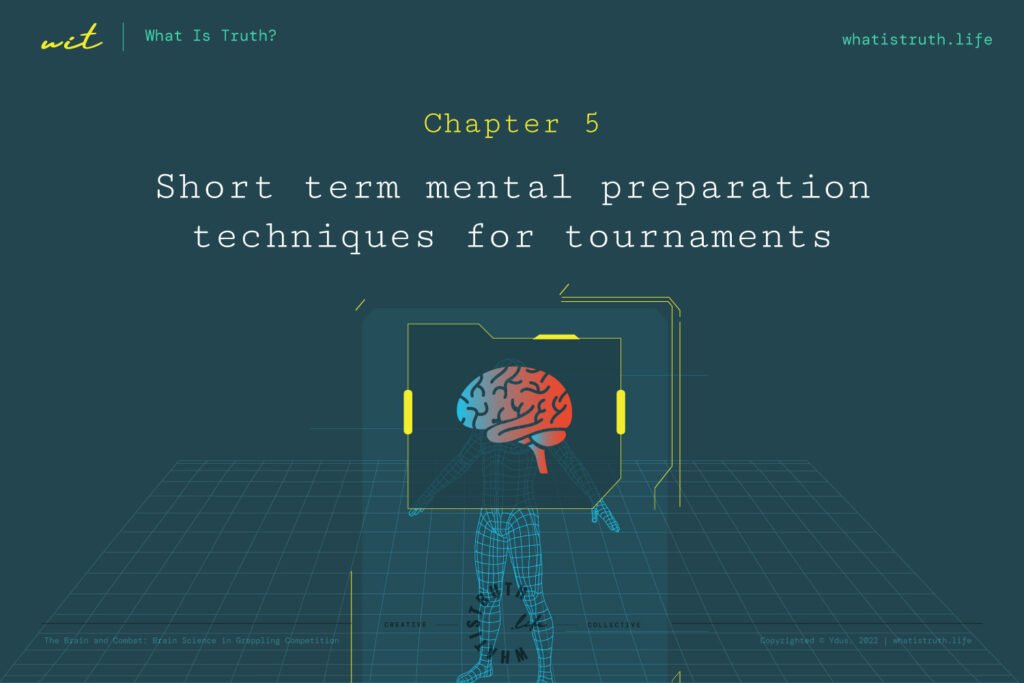
In this fifth chapter of The Brain and Combat series, we go through the medium and short-term mental preparation techniques intended to help you control your condition throughout the day of the tournament. The methods provided are very practical, just like the previous chapter on long-term preparation techniques. However, due to their limited reach, their aim is to adjust in-situ conditions instead of making fundamental changes, complementing long-term techniques with some last-minute firefighting.

This forth chapter of The Brain and Combat series about long-term mental preparation methods is undoubtedly the most important one with the biggest impact on one’s tournament success. Practical tools and strategies will be provided to you to address the vulnerabilities of your game and offer workarounds for the cases where your mental design might not be fully supportive. You will also discover the most effective methods to improve combat resilience and responsiveness.
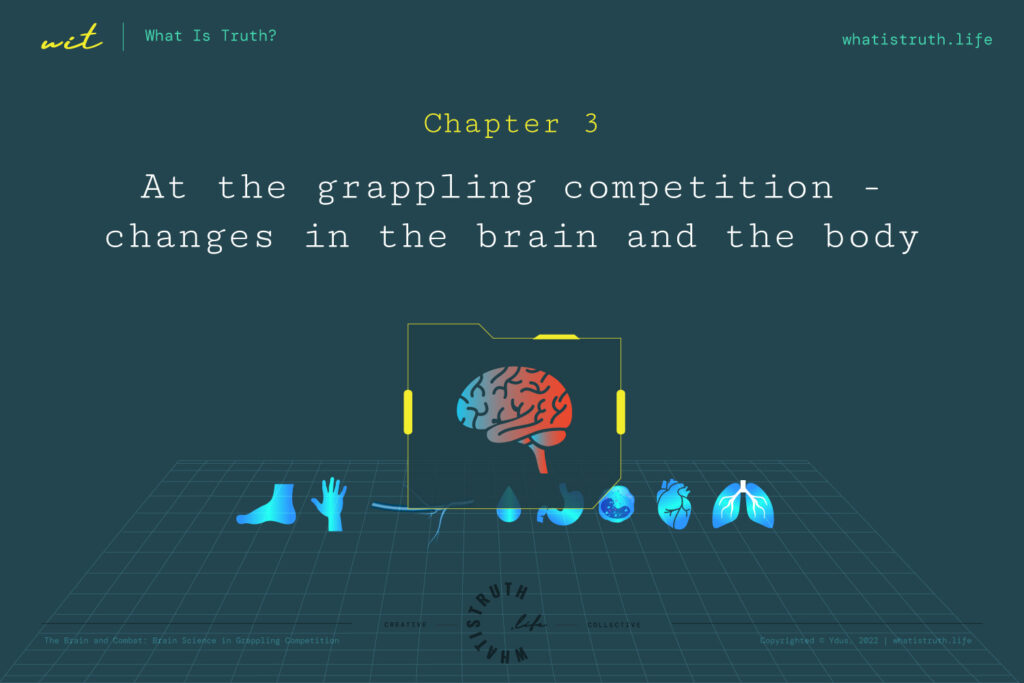
In the third chapter of The Brain and Combat series, we will look closely at the events happening in the brain, and consequently in the body, during a grappling competition, from evaluating the opponent to dealing with the fight outcome. You'll gain a clear picture of how the opponents features, combined with your own personal history and mental design drive your competition game in a certain direction.
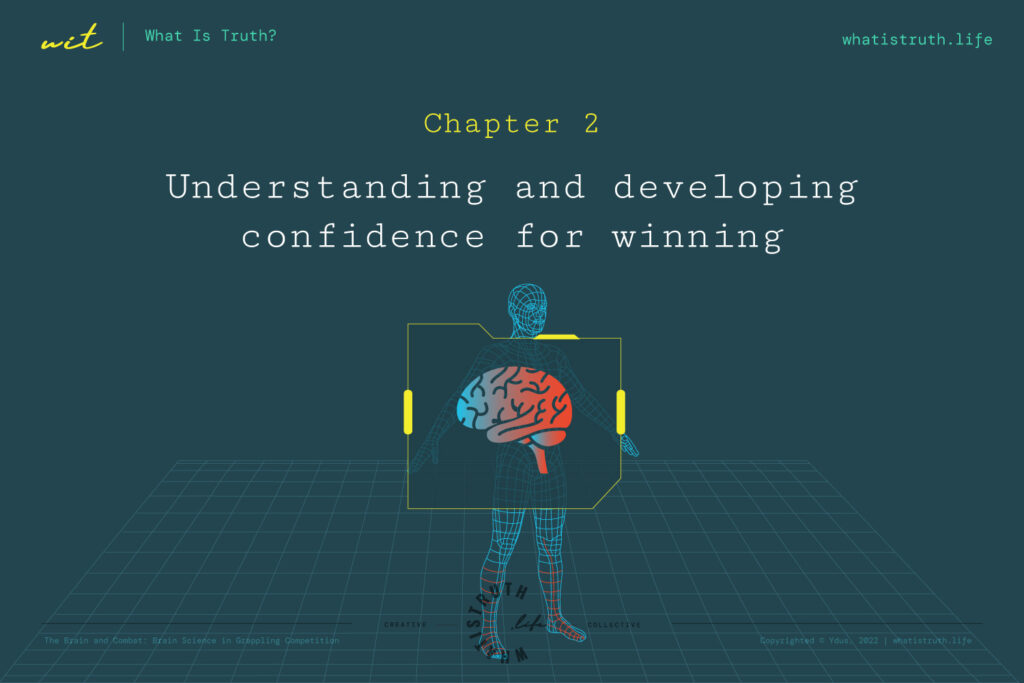
In the second chapter of The Brain and Combat series, you'll learn that confidence is a 'proof of doing' and should not be mistaken with concepts such as positive self-talk or arrogance. You'll get to know how the multi-layered system of the brain operates when building and manifesting confidence and what are the blockers of that process that needs to be addressed.
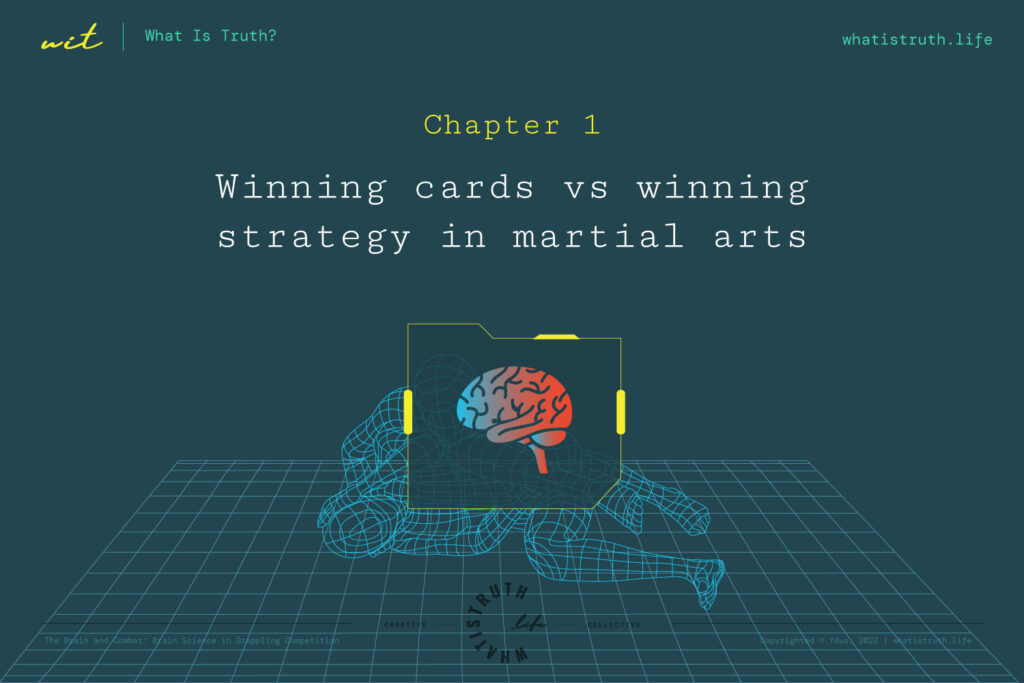
In the first chapter of The Brain and Combat series, we discuss the relationship between martial arts and mental design. Giving an opportunity to get to know your own mental cards. We also take an objective look at the specifics of a winning strategy and the components of competition preparation. This fundamental chapter introduces the core concepts used throughout the series. It's a recommended starting point to understand your strengths and be able to tailor the recommended workarounds for any vulnerabilities discovered.